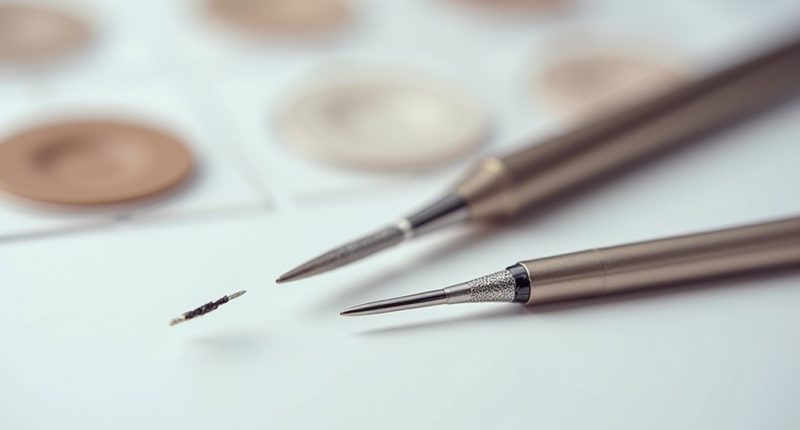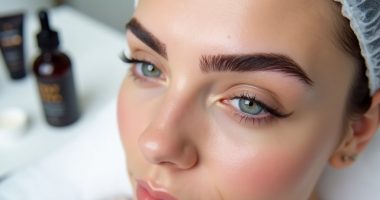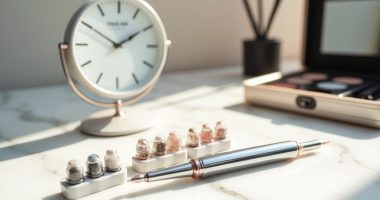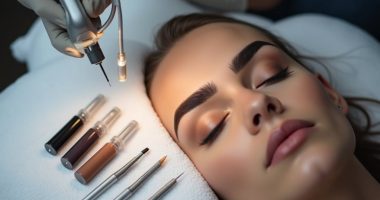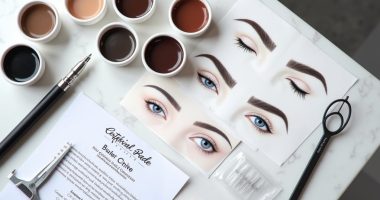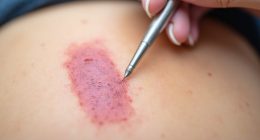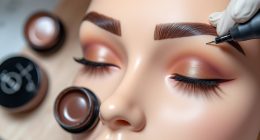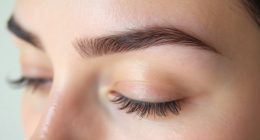Permanent makeup is evolving fast. Gone are the days of obvious, harsh lines. Today's trends focus on subtle, "barely-there" enhancements—think microblading with hair-like strokes for natural brows and lip blushing for gentle color. Nano brows offer precision for oily skin types, lasting up to three years. The industry's getting safer too, with hypoallergenic pigments and stricter protocols. Even men are jumping on board. The applications go beyond vanity, with solutions for scars and medical conditions.
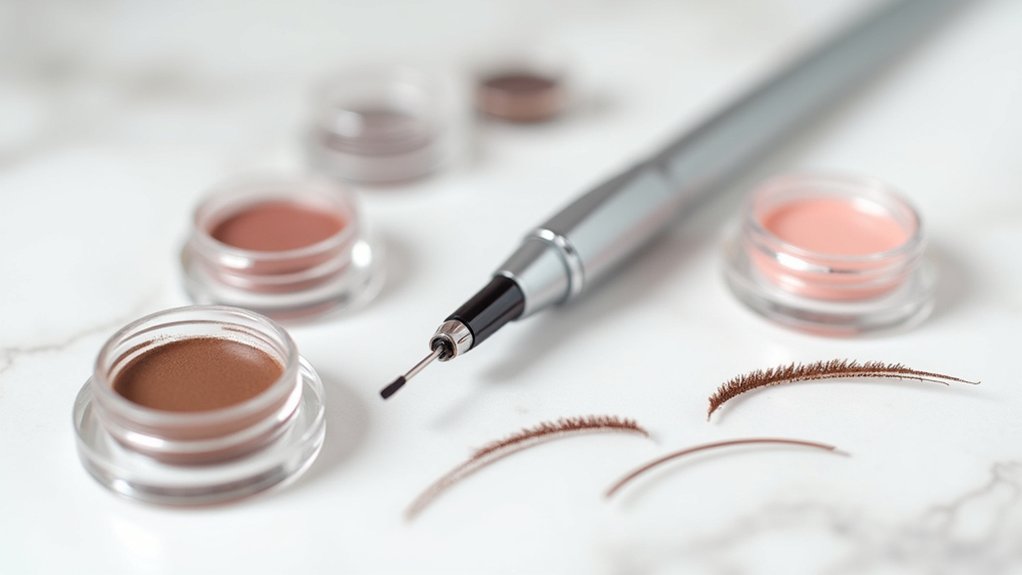
While traditional makeup washes away with the day's end, permanent makeup solutions continue their quiet revolution in the beauty industry. The PMU landscape has transformed dramatically, with microblading techniques leading the charge for those seeking defined yet natural-looking brows. It's not your mother's tattooed makeup anymore. These days, artists create hair-like strokes that mimic natural brows so convincingly that even close friends might not notice.
Lip blushing has similarly gained traction, offering subtle color enhancement that looks like you're naturally blessed with rosy lips. Who doesn't want to wake up looking polished?
Nano brows are stealing the spotlight for 2025. They use ultra-fine needles for remarkably detailed work and last up to three years. Perfect for people with oily or mature skin. The pigment stays put where traditional microblading might blur. The global market notices too—permanent makeup is projected to reach a staggering $332.6 million by 2033. North America dominates the market, but Asia Pacific is catching up fast.
Nano brows deliver precision artistry where traditional techniques falter—a $332.6 million industry evolution that's redefining permanent beauty standards worldwide.
Gone are the days of obvious, harsh makeup tattoos. Modern PMU emphasizes the "barely-there" aesthetic. Soft, powdered brow effects. Subtle lash line enhancements that give definition without screaming "I'm wearing eyeliner!" It's all about custom designs that work with individual facial features, not against them.
The technology keeps improving. Better pigments. Digital tools for precision. Even AI-driven treatment plans tailored to each face. The beauty industry now prioritizes eco-friendly practices with biodegradable pigments and sustainable packaging options becoming standard. And it's not just about looking pretty—PMU serves practical purposes too. Scar camouflage. Areola reconstruction for breast cancer survivors. Scalp micropigmentation for those dealing with hair loss. The historical journey from medical treatment for facial disfigurements to today's cosmetic enhancements showcases PMU's remarkable evolution. Real solutions for real people.
Safety standards are finally catching up with the industry's growth. Stricter regulations. Hypoallergenic pigments. Better sterilization protocols. Thank goodness.
Perhaps most surprising is the expanding clientele. Men are joining the permanent makeup revolution too. Because who said looking polished was just for women?
The beauty industry rarely stands still, but permanent makeup's evolution feels different—more thoughtful, more inclusive. Modern techniques now deposit pigments into the dermal layer of skin for results that last years instead of days. It's not about dramatic transformations anymore. It's about enhancing what's already there. Subtle. Natural. Personalized. The kind of makeup that doesn't look like makeup at all. And isn't that the point?
Frequently Asked Questions
How Long Does Permanent Makeup Typically Last?
Permanent makeup isn't actually permanent. Surprise! It typically lasts 1-3 years before fading away.
Longevity factors vary widely based on treatment area – eyebrows hanging around for 12-24 months, while eyeliner can stick it out for 1-5 years. Lip color? Usually 2-5 years.
Different skin types play a huge role too. Oily skin? Faster fading. The sun is also a major enemy, breaking down those pigments whether you like it or not.
Is the Permanent Makeup Application Procedure Painful?
Pain levels during permanent makeup? It varies. Some clients barely flinch, others white-knuckle it through the whole thing.
Truth is, everyone's different.
Pain management techniques make a huge difference – quality numbing creams can be lifesavers.
Client experiences range from "barely felt a thing" to "never again!"
Treatment area matters too. Eyebrows? Usually manageable. Lips? Whole different story.
Technician skill matters. Good ones know how to minimize discomfort. The not-so-good ones? Well…
What Are the Potential Risks or Side Effects?
Permanent makeup isn't all glam and convenience. Risks? Plenty. Infection prevention is essential—think hepatitis and HIV from unsterile equipment. Yikes.
Allergic reactions to pigments happen, especially with plant-based inks. Some people develop granulomas—lovely little lumps around the pigment.
Eye procedures? Even riskier. Loss of eyelashes, eyelid damage, and corneal pigmentation can occur. Then there's scarring, fading, and color changes.
And MRIs? That tattooed area might burn or swell during scans. Not exactly a day at the spa.
Can Permanent Makeup Be Removed if I Don't Like It?
Yes, permanent makeup removal is possible. Not a walk in the park, though.
Multiple techniques exist: laser treatment breaks down pigments, saline solutions lift ink through osmosis, and chemical fading techniques gradually lighten unwanted color.
No quick fixes here—expect 3-10 sessions spaced 6-12 weeks apart. Complete removal? Not always guaranteed. Success depends on pigment color, depth, and your skin type.
The fresher the ink, the easier the removal. Your mileage may vary.
How Should I Choose a Qualified Permanent Makeup Artist?
Choosing a qualified permanent makeup artist isn't rocket science.
First thing? Verify artist credentials. Look for proper certification and licensing—because nobody wants an amateur drawing on their face permanently. Seriously.
The consultation process tells you everything. Good artists listen. They explain risks. They show healed work, not just fresh photos that look amazing.
Check their studio too. Clean environment? Sterile tools? If it looks sketchy, it probably is. Trust your gut.
